At breakfast last Sunday morning, June 11, my wife Lona wished me, with a touching card, a Happy Father’s Day. That evening we went out for a romantic dinner together to celebrate. I was surprised how easy it was to get a reservation at a restaurant, and then how many empty tables there were on Father’s Day. The reason became clear when our son Anton, to whom we had sent a Happy Father’s Day email earlier that day, thanked us, wished me the same, but said we were a week early: Father’s Day was the following Sunday, June 18.
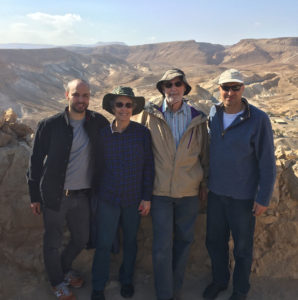
Anton, Lona, Joram & Auran on top of Masada, Israel (Dec. 28, 2016)
I guess we’re getting old and can’t keep straight what day it is! But then I thought, what could be more special than celebrating Father’s Day on our own special day, not dictated by commerce, when “Happy Father’s Day” wouldn’t be more meaningful than “Have a good day,” which has become a meaningless phrase said a bit like a robot. And for that matter, “I love you,” or the abbreviated “Love ya,” becomes no more than a reflex for saying “Goodbye for now.”
“I love you” is the most powerful, meaningful expression I can think of, when said at the right time to the right person. Why waste it?
Sorry, I’m being a curmudgeon.
The fact is that I loved having my special Father’s Day. Then I rationalized: it makes sense for me to have two Father’s Day, because that way I can celebrate my incredible luck of having two wonderful sons by making a special, separate Father’s Day for each.
But then I remembered the obvious: I wouldn’t be able to celebrate Father’s Day at all if it weren’t for Lona, the mother of my children. So the real Father’s Day should be on Mother’s Day (and vice-versa for Mother’s Day, of course).
It’s all so confusing, until I thought of Inuit art, where parent-child, and families in general, are a dominant theme. The family nucleus is essential in the Arctic, where mere survival has been so challenging historically. The strong bond between parent and child doesn’t need a day set aside to be remembered or appreciated, as expressed in numerous Inuit sculptures.
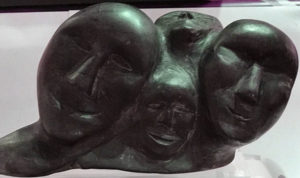
Family sculpture by Inuit artist Miriam Qiyuk
The beautiful family sculpture by Miriam Qiyuk shows that Mother’s and Father’s Day are one, inseparable on any day.
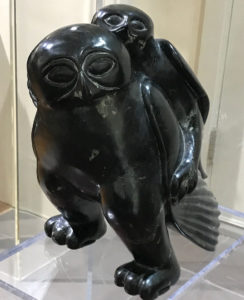
Owl sculpture by Lutka Qiatsug
The sculpture by Lutka Qiatsug illustrates the complete dependence of the baby owl clutching the alert mother (or father), expressing the universality of any Parent’s Day.
And then there’s the four of my immediate family: Lona, Auran and Anton, and me.
It’s Father’s Day every day for me, and I feel grateful to my family for giving me that privilege.

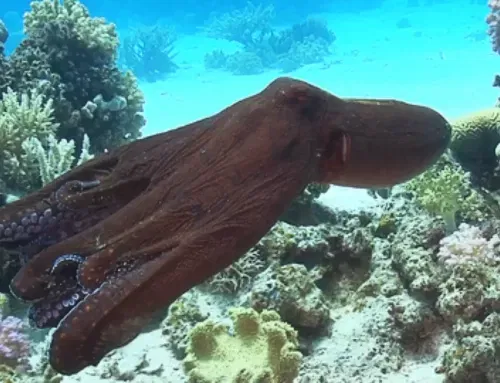


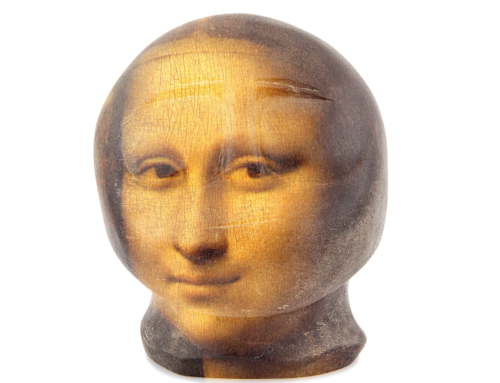

Leave A Comment